Hackelia venusta Facts
- The somewhat hard-to-prounce term of Hackelia venusta actually represents the scientific name of this beautiful plant. That’s the term usually used by researchers. It does have several common names by which it’s known to the layperson, though.
- These include the related titles of showy stickweed and lesser showy stickweed. Regardless of which of these names one chooses to employ, it remains a most intriguing species. It continues to be studied closely by botantists and other researchers.
- The marvel of Nature and evolution received that slightly tongue-twisting title due to the efforts of Harold St. John. The American botanist accomplished the first official recognition of it as a separate and distinct species. That notable deed occurred in 1929.
- Sadly, the amazing Hackelia venusta holds an extremely limited population. In fact, at present, scientists know of only 770 individuals plants remaining. Despite this, the IUCN does not currently list it on the organization’s Red List of Threatened Species.
- Nevertheless, the country in which it appears lists the plant as Critically Imperiled. It understandably faces multiple threats to its continued existence. Habitat loss naturally threatens it. Its greatest threat, though, likely consists of ongoing climate change.
Related Articles
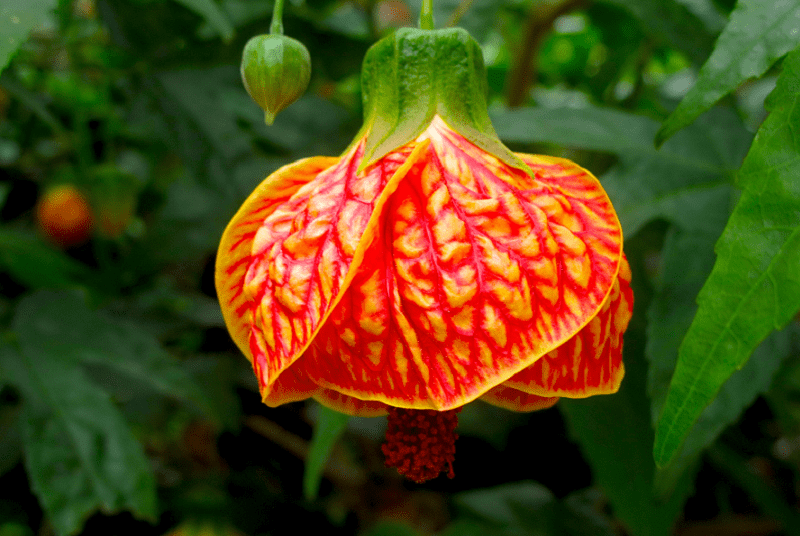
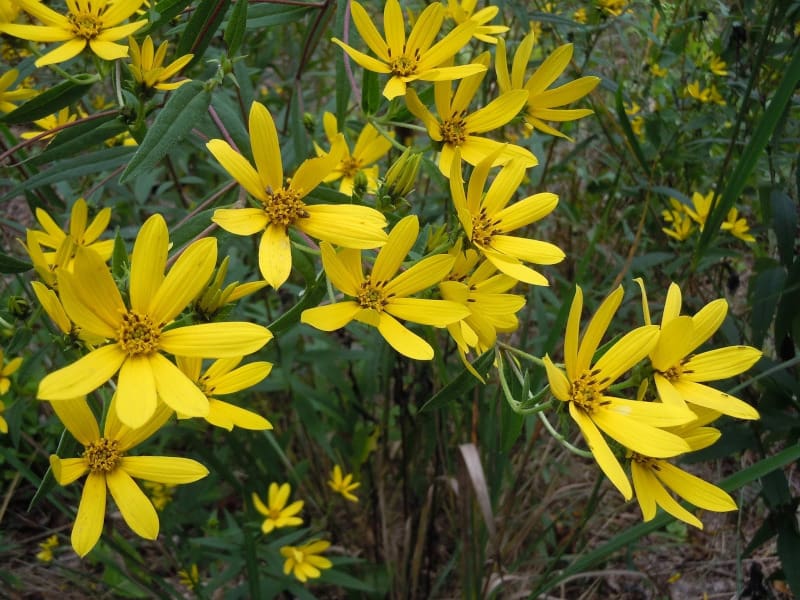
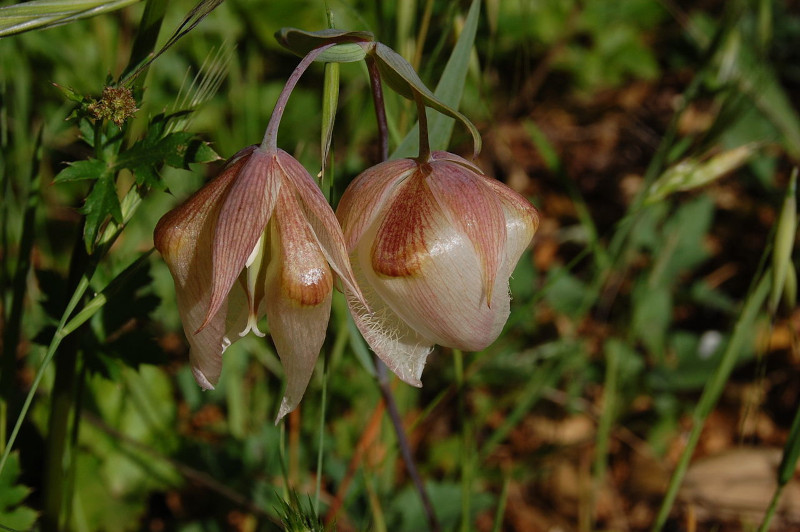
Hackelia venusta Physical Description
The remarkable Hackelia venusta fully merits the appreciation it receives from those fortunate enough to encounter it. Like related flora, this marvel of Nature does for a variety of reasons, pending upon one’s individual perspective. Size, however, isn’t among them.
This intriguing Angiosperm evolved as a perennial herb that produces several leafy stems from a single taproot. These vertical constructs that it produces attain a maximum known height of only around 16 in (40 cm). Most, in fact, remains much smaller than this.
Both the stems and the leaves it manifests display a light green shade. The foliage itself devleops as highly elongated and thin. Like some similar species, these also possess a covering of fine, coarse hair-like structures. Despite their small size, these are quite stiff.
The most notable aspect of the amazing Hackelia venusta, though, most likely remains its delicate blooms. These develop in large clusters. Individually, however, the flowers measure relatively tiny. An average diameter for each of these equals approximately 0.8 in (2 cm).
In color, the blooms of the plant typically present either one of two shades. These consist of hues of pale blue or bright white. Exceptions do occur occur, though extremely rarely. In contrast with the color of the stems and leaves, this makes for an impressive display.
Meanwhile, the fruit of the flora continues the tendency of this secies to intrigue us. This develops as a comparatively small nut. The shell of this part of the botanical marvel, like the leaves, also holds a relatively dense covering of short, stiff, hair-like structures.
- Kingdom: Plantae
- Phylum: Angiosperms
- Class: Eudicots
- Order: Boraginales
- Family: Boraginaceae
- Genus: Hackelia
- Species: H. venusta
Hackelia venusta Distribution, Habitat, and Ecology
Most unfortunately, the magnificent Hackelia venusta inhabits an extremely limited and restricted habitat range. Astoundingly, in fact, only one known population of the remarkable Angiosperm currently exists. Precisely where that lies might surprise some people, though.
That’s because this product of evolution only exists within Tumwater Canyon in Chelan County, Washington State, United States, in North America. Fortunately, however, this remote location presently forms part of the protected Wenatchee National Forest.
As difficult as it might be to imagine, the entire habitat range of this rare species comprises only an estimated 2.5 acres (1 hectare). Even more precisely, and dangerously, it lies a mere 330 ft (100 m) from a major highway passing through the National Forest.
Nature placed yet more wonders in this species. To the likely surprise of many, the beautiful plant inhabits a type of environment normally considered inhospitable. This holds true due to the fact that the rare botanical marvel grows in areas of rock ledges and open talus.
Its native soil remains comparatively rocky and sandy. This provides for relatively poor nutrient levels. The impressive small species also has very specific needs in other ways, as well. This particular variety of flora requires copious amounts of direct sunlight to thrive.
Species Sharing Its Range


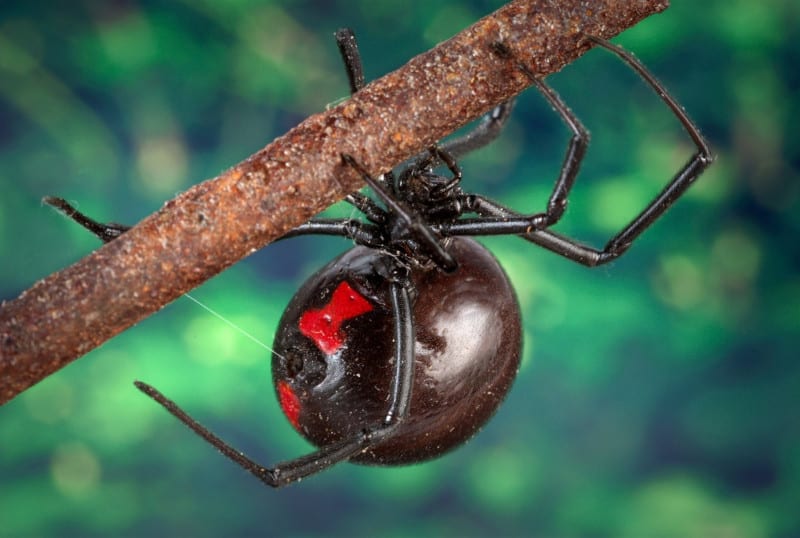
Check out our other articles on 6 Mysterious Natural Phenomena, Puffin, Mount Erebus, Marine Iguana, Jade Vine, Limnonectes larvaepartus, Pocket Shark, Deaths-head Hawkmoth
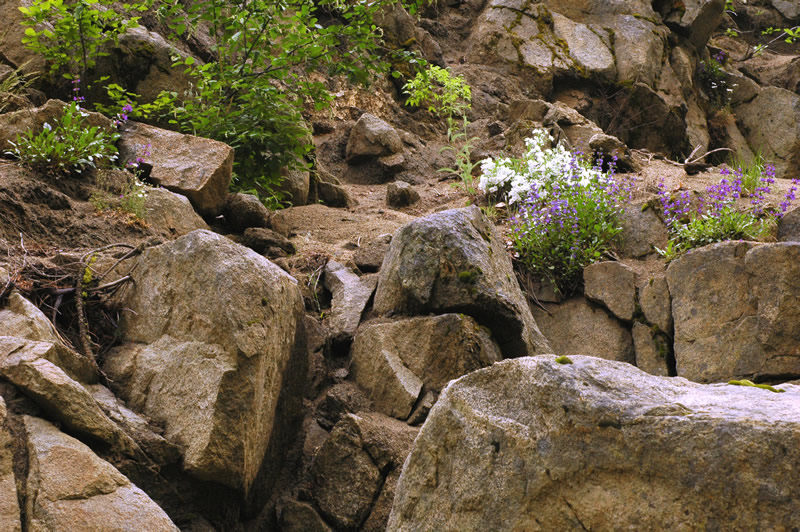
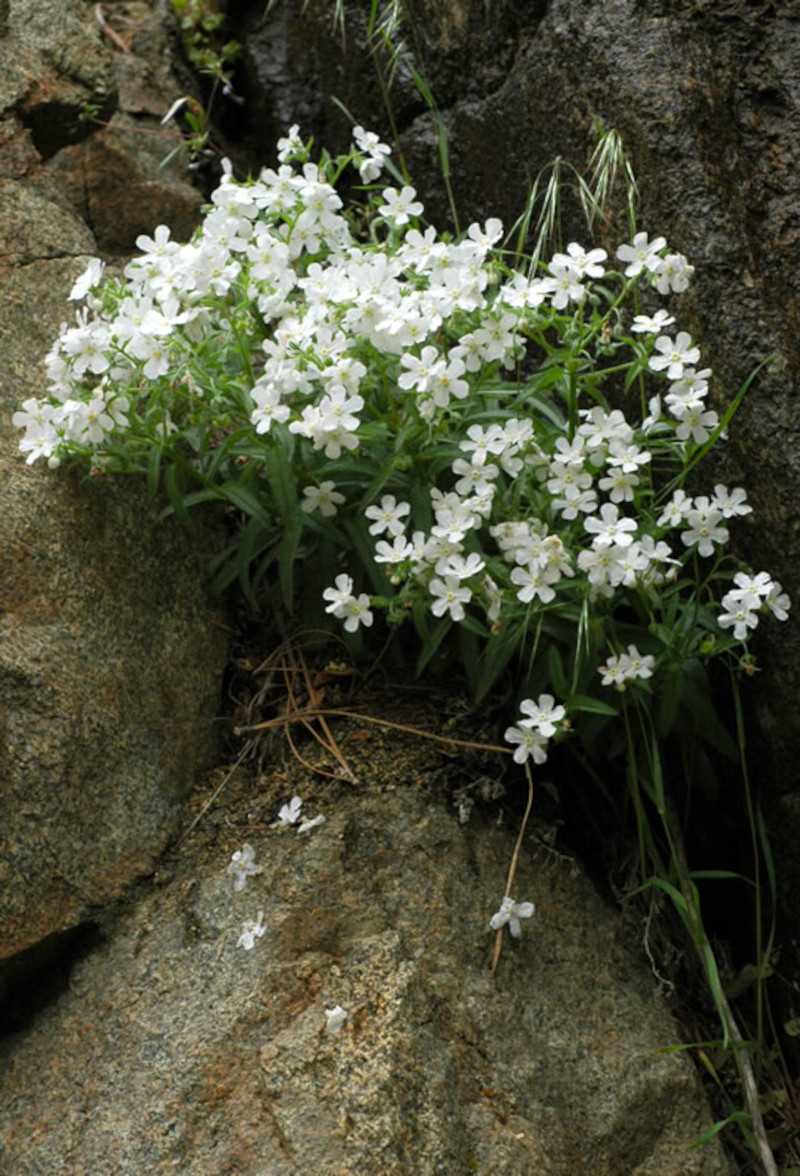









Leave a Reply